This afternoon, April 22, at the 32nd Session, the National Assembly Standing Committee gave opinions on the draft Law on Geology and Minerals.
Building laws to overcome many shortcomings
Presenting the report, Minister of Natural Resources and Environment Dang Quoc Khanh said that after 13 years of implementing the 2010 Mineral Law, the system of legal documents on minerals is basically complete, contributing to improving the effectiveness and efficiency of state management of minerals; promoting geological surveys of minerals and the mining industry; and increasingly strict and effective mineral management. Many important policies still retain their value and continue to be inherited.

However, there are still some shortcomings and limitations in the implementation of the Law. Firstly, the Law on Minerals has not yet regulated state management of geology, especially unified management according to specialized standards and regulations; especially, it has not unified management of geological information and data as stated in Resolution No. 10-NQ/TW dated February 10, 2022 of the Politburo .
Second, administrative procedures for licensing minerals for use as landfill materials are still complicated; mineral objects have not been classified to apply corresponding and appropriate administrative procedures (procedures for landfill mines must be implemented like those for gold mines).
Third, the collection of mining rights fees based on mineral reserves still faces many shortcomings such as: Calculating mining rights fees based on approved mineral reserves does not ensure accuracy; collecting mining rights fees before mining does not create conditions for enterprises to invest in basic mine construction; in cases where mining does not cover the licensed reserves, there are currently no regulations on refunding the mining rights fees.
The law is designed to create a comprehensive legal framework for protecting geological resources and unexploited minerals; strengthening environmental protection and labor safety in mineral activities; harmonizing the interests of the State, organizations and individuals exploiting minerals, and communities where mineral activities occur. Promoting decentralization and delegation of authority to local authorities....
The Standing Committee of the Science, Technology and Environment Committee basically agreed with the necessity of promulgating the law for the reasons stated in the Government 's Submission.
The review agency requested the drafting agency to provide additional information and assess the policy impact more fully on new policy contents that affect the functions and tasks of state management agencies; use of the state budget; expand the rights of organizations and individuals to explore and exploit minerals; and continue to review the draft law with related laws.
Regarding mineral classification, the review agency basically agrees with the regulation on classifying minerals into 4 groups as in the draft law, in which separates the group of minerals that are common construction materials (group III) and minerals used as filling materials (group IV).
However, there are opinions that some types of minerals can be used for many different purposes, making it difficult to determine which mineral group they belong to, causing overlapping authority in mineral planning between the Ministry of Natural Resources and Environment and the Provincial People's Committee.
According to the inspection agency, there are opinions suggesting more specific regulations on group IV minerals and clarifying the content of minerals "only suitable for the purpose of making filling materials" to simplify the procedures for exploiting river sand and sea sand as filling materials...
Need to create a legal corridor for sand mining?
During the discussion, Secretary General of the National Assembly Bui Van Cuong proposed considering adding regulations on planning for exploration, exploitation, and processing of sea sand to replace river sand and gravel, because this is a practical requirement.
Citing statistics that the whole country has 330 river sand mines with reserves of about 2.3 billion m3, Mr. Bui Van Cuong said that it is only enough for landfill needs but not enough to meet construction needs.
Furthermore, sand and gravel mining on riverbeds also leaves many obvious consequences, especially environmental impacts, changes in water flow, landslides of houses, dikes, and construction works.
The Secretary General also said that our country's sea sand reserves are about 196 billion m3, but there is not enough legal corridor for exploitation and use, leading to slow or impossible exploration and exploitation due to the lack of standard technical guidance.
"To limit and eventually stop the exploitation of river sand and gravel and switch to sea sand instead, the law should regulate the planning and exploitation of sea sand to have a legal basis to serve the future demand for sea sand," Mr. Bui Van Cuong proposed.
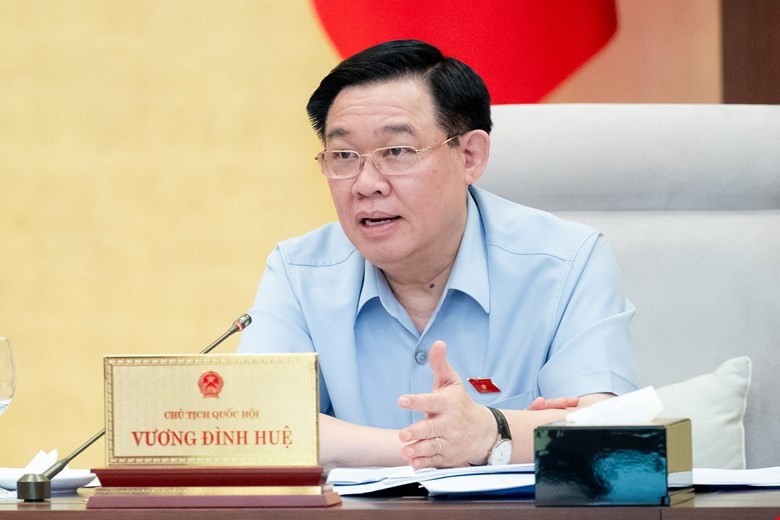
Commenting on the draft law, National Assembly Chairman Vuong Dinh Hue suggested clarifying many specific contents. For example, this law does not mention oil and gas but does mention peat, brown coal and in reality there are coal mines that are difficult to exploit but coal gas can be exploited. This leads to overlap in the management of the Coal and Mineral Group and the Oil and Gas Group, requiring a comprehensive management role, so it is necessary to clarify the division principle.
Or the draft mentions the national mineral reserve area, but it is not clear whether the authority to decide to put it in the reserve belongs to the Prime Minister, the ministry or the locality...
Source




![[Photo] The ceremonial artillery is ready to "fire" for the second parade rehearsal at My Dinh National Stadium.](https://vstatic.vietnam.vn/vietnam/resource/IMAGE/2025/8/24/883ec3bbdf6d4fba83aee5c950955c7c)

![[Photo] Impressive image of 31 planes taking flight in the sky of Hanoi during their first joint training](https://vstatic.vietnam.vn/vietnam/resource/IMAGE/2025/8/24/2f52b7105aa4469e9bdad9c60008c2a0)


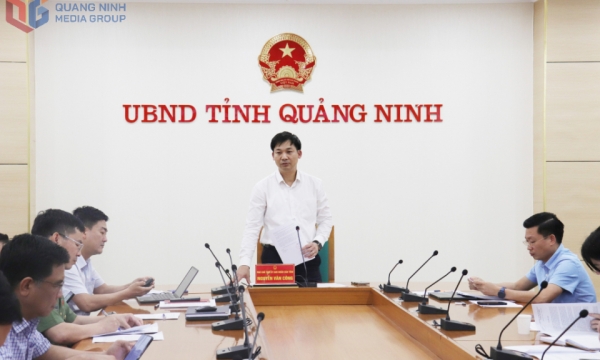

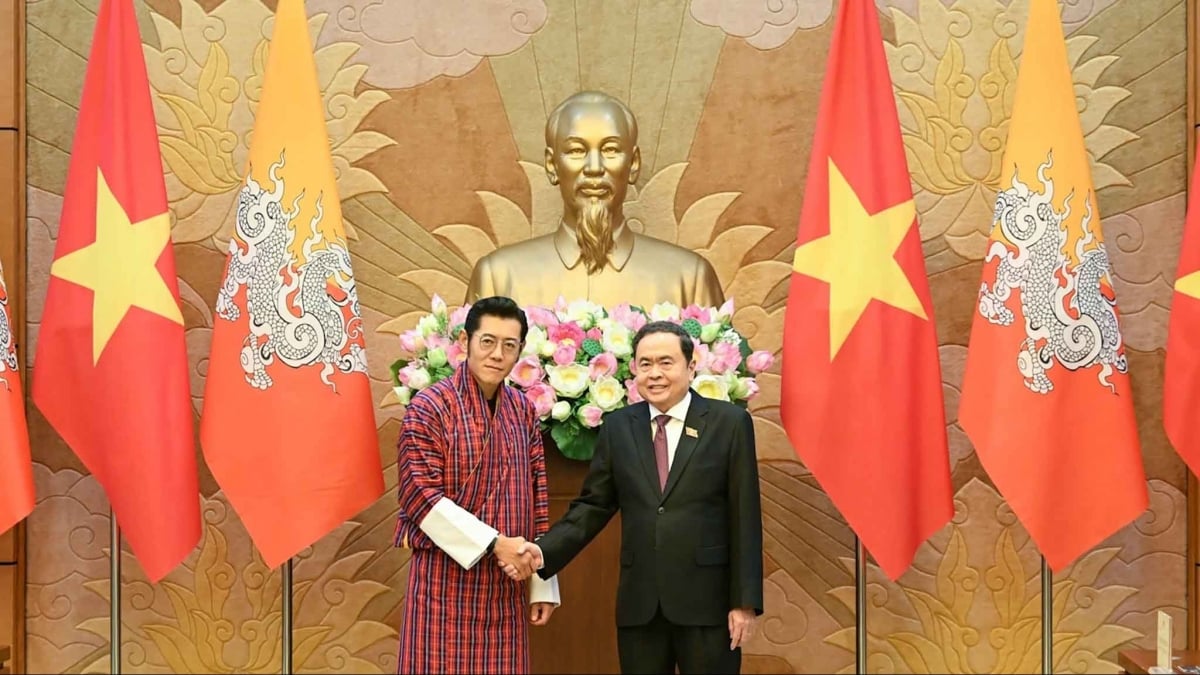

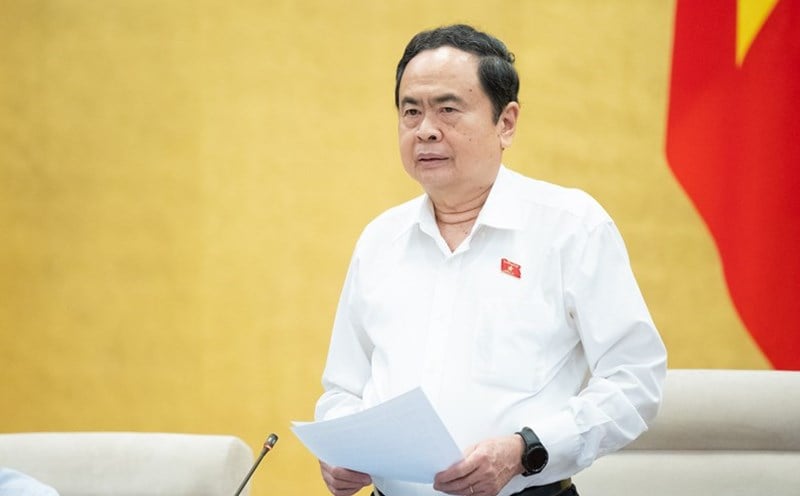

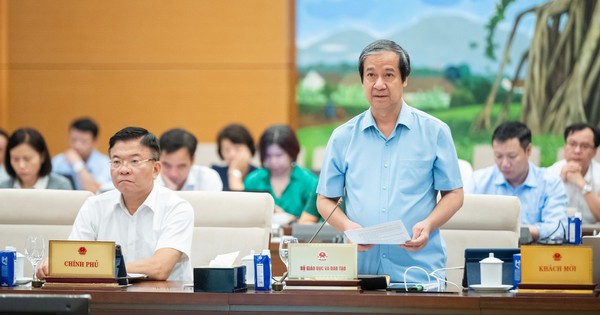

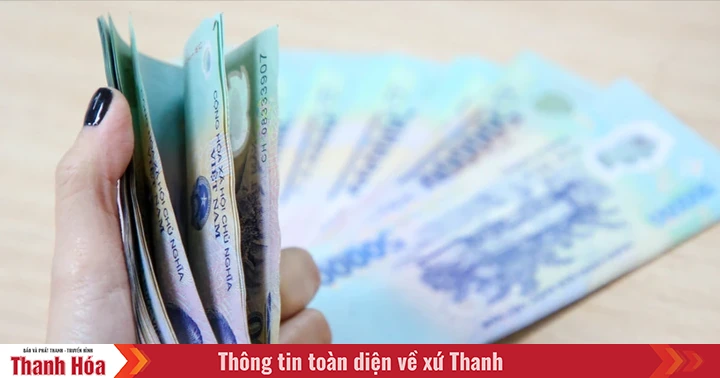

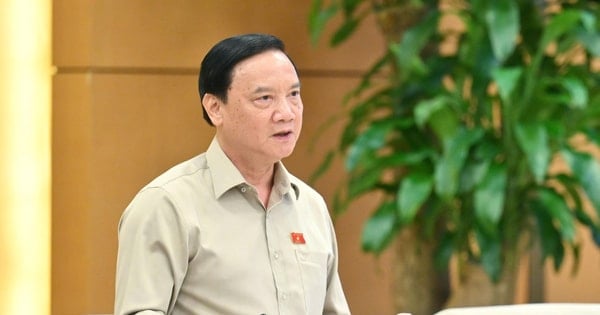







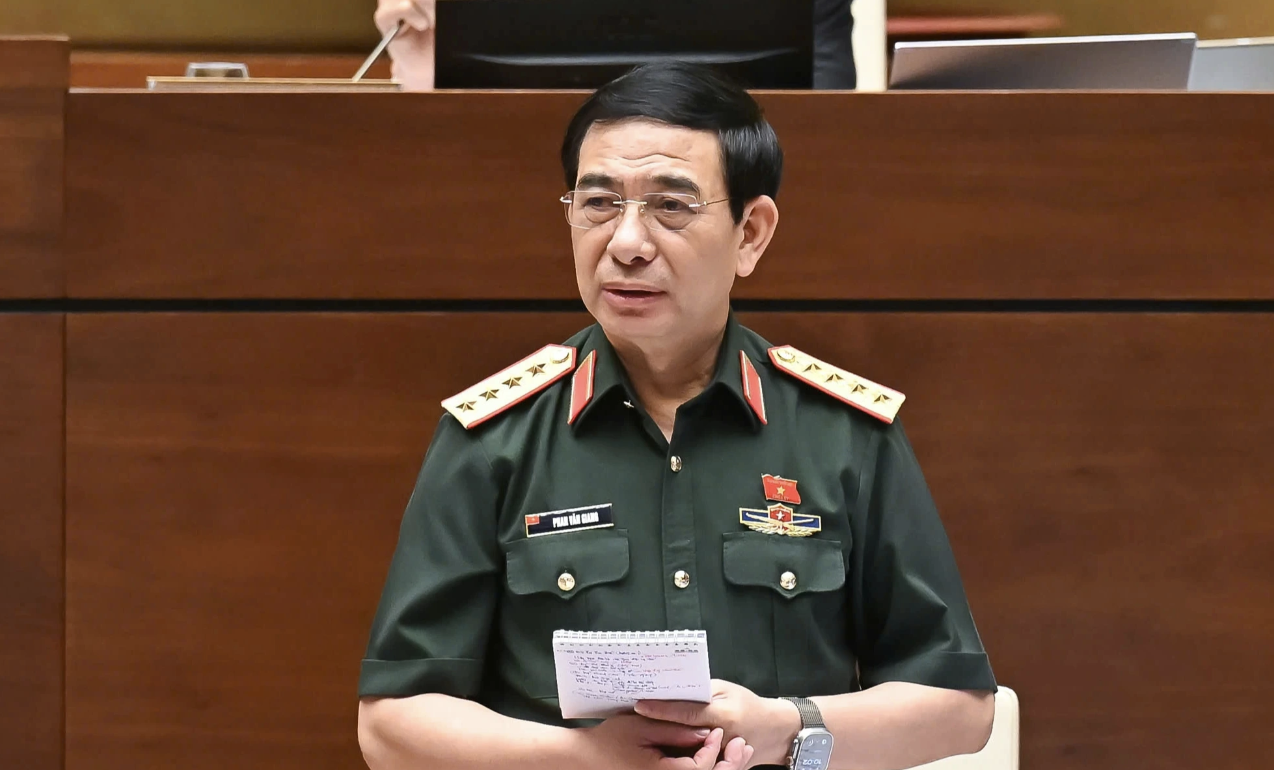

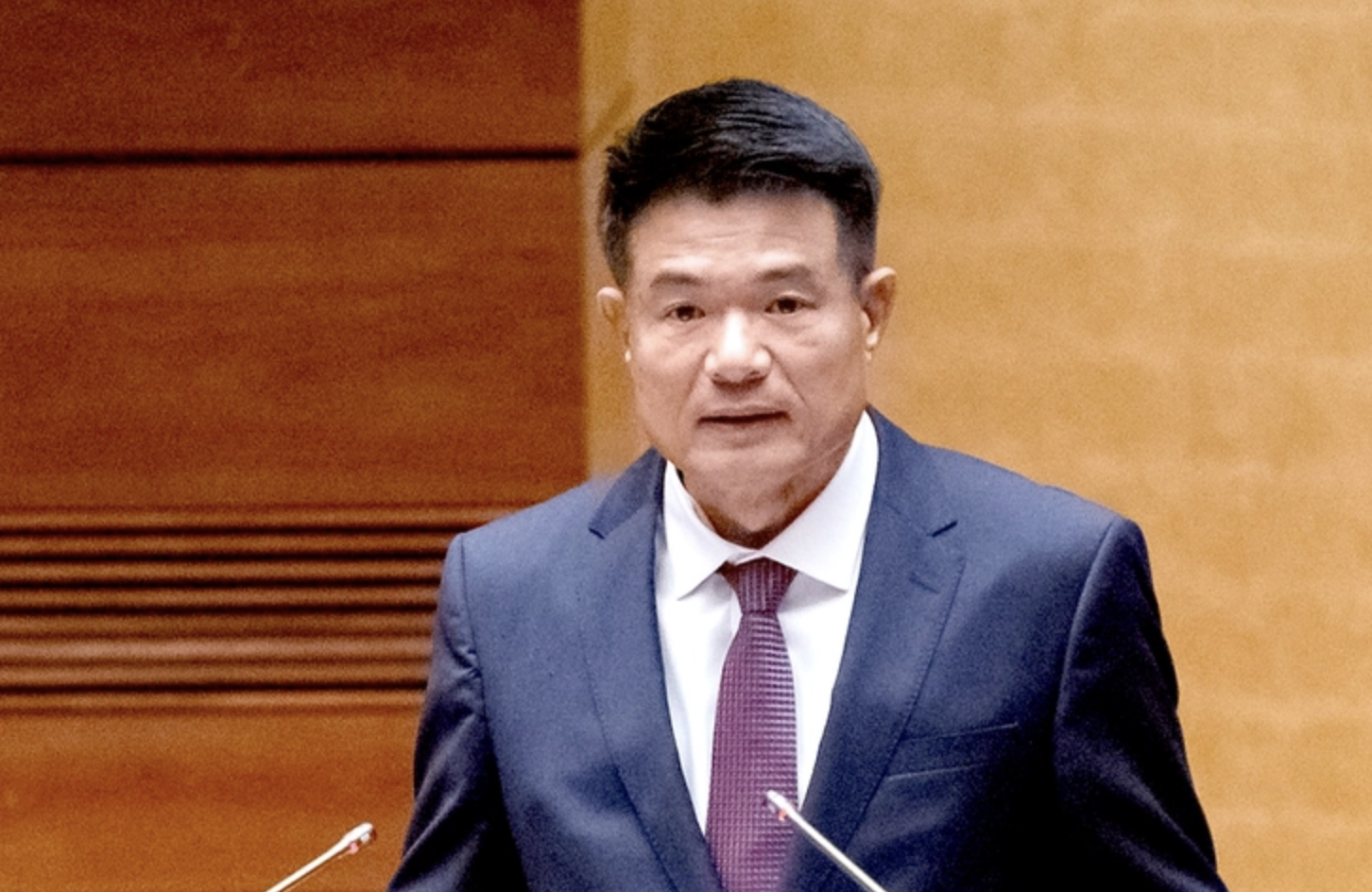
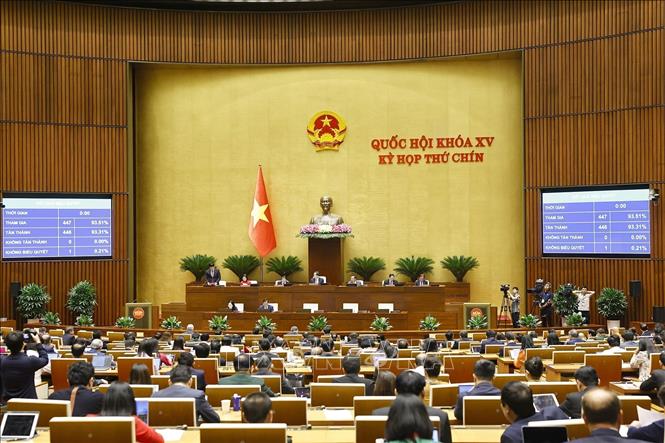




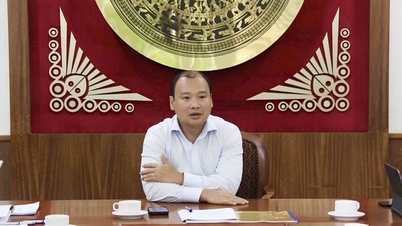
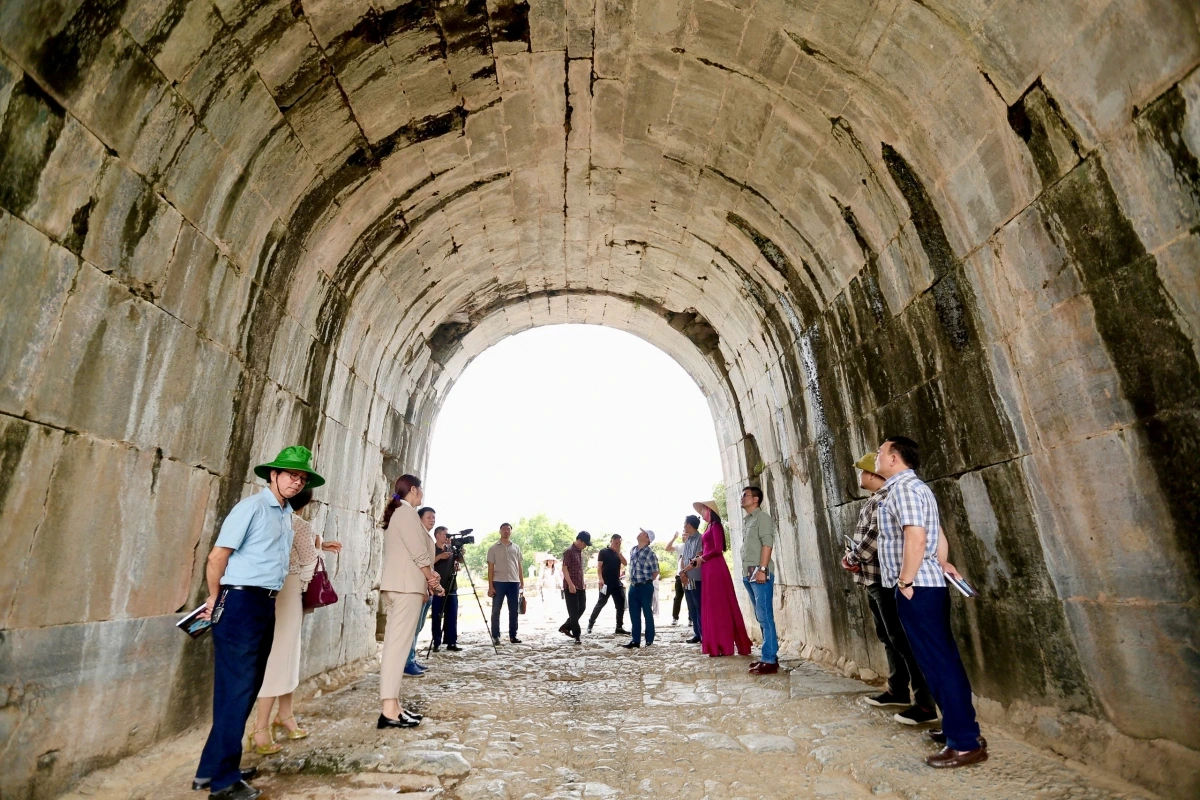
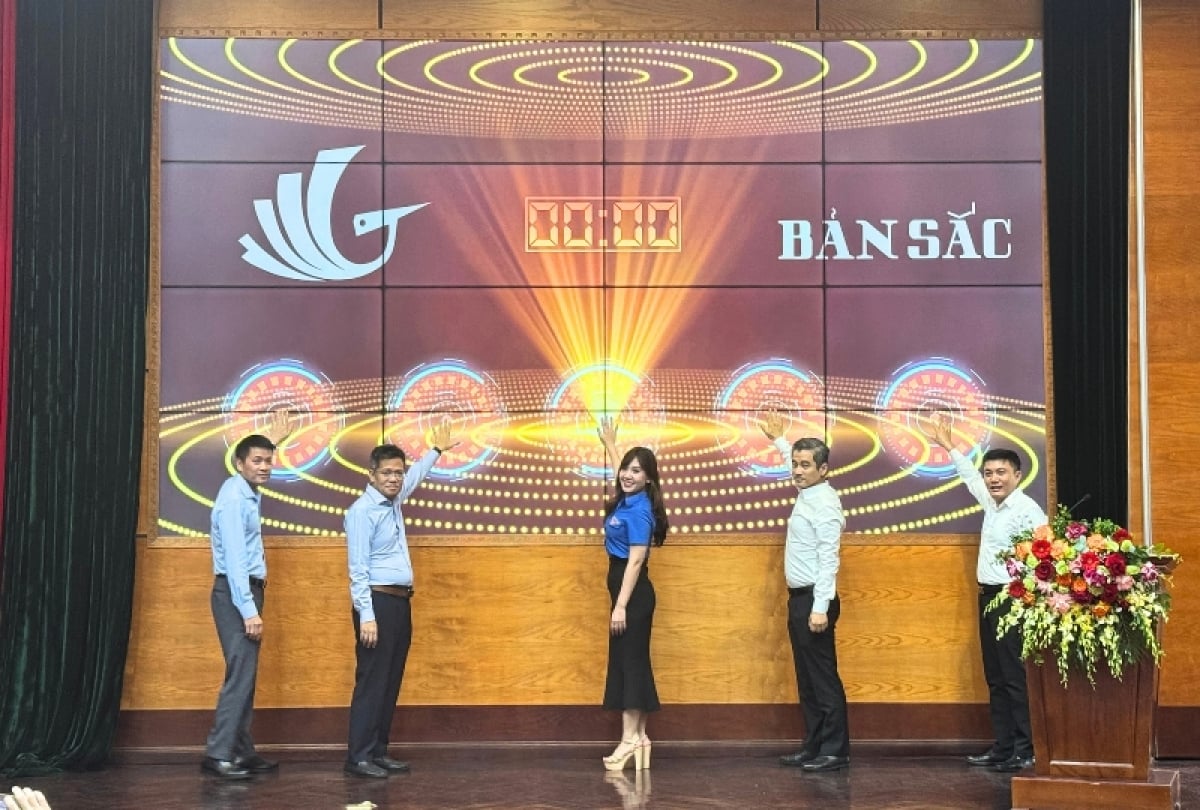
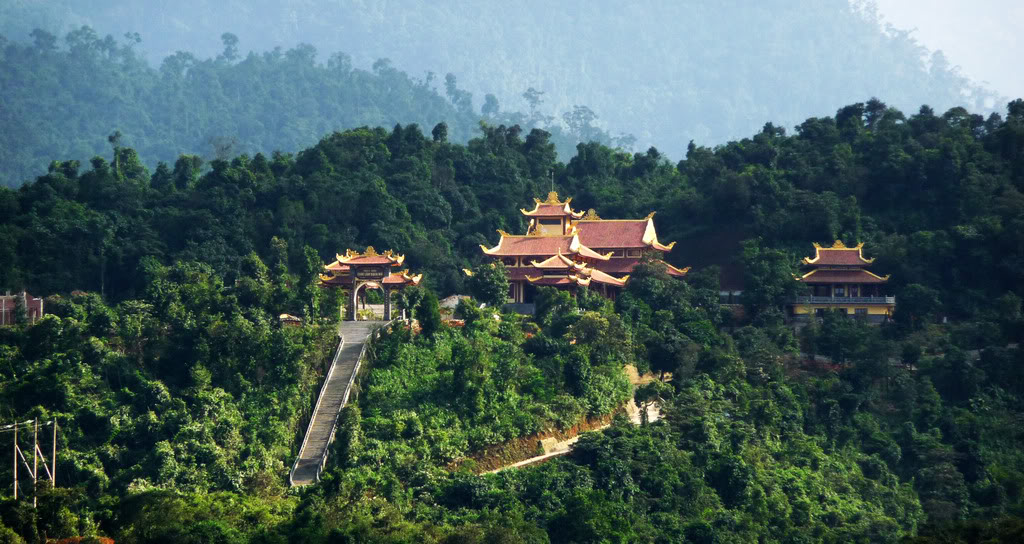
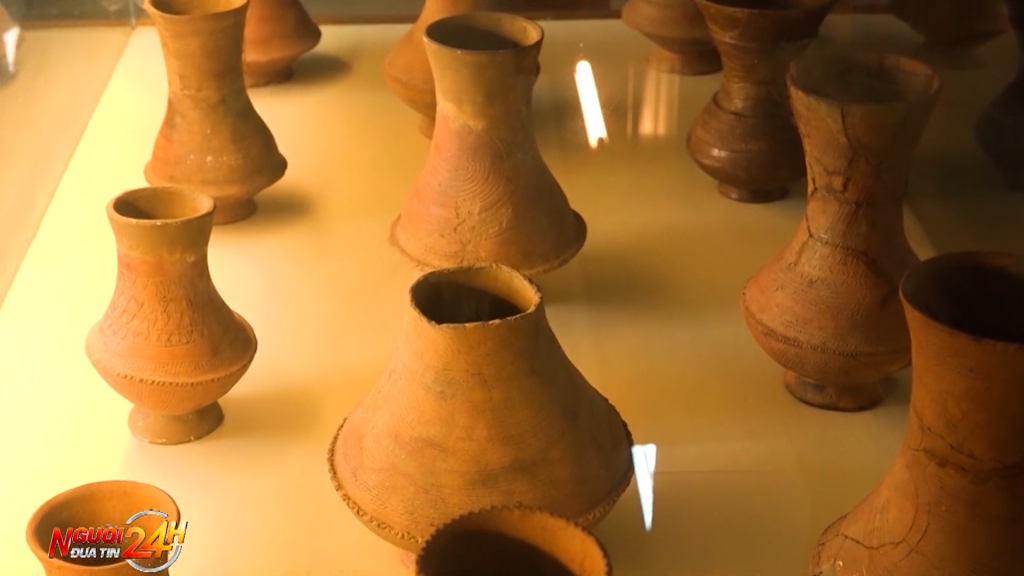






























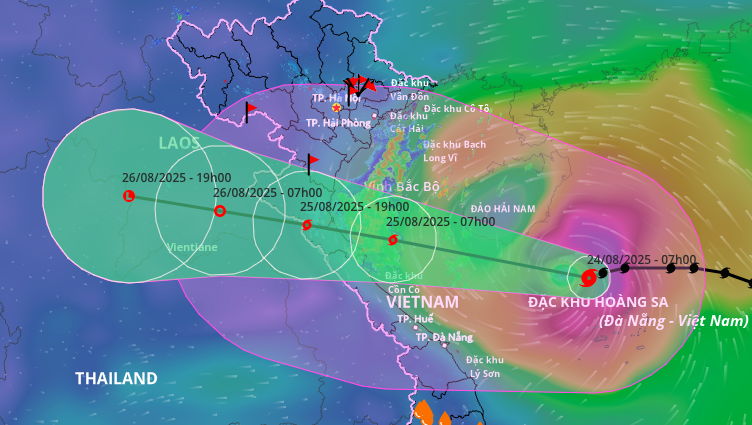




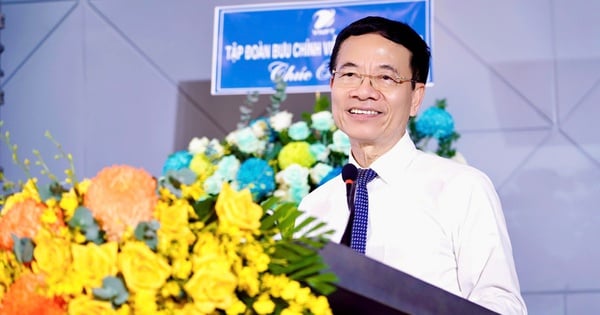





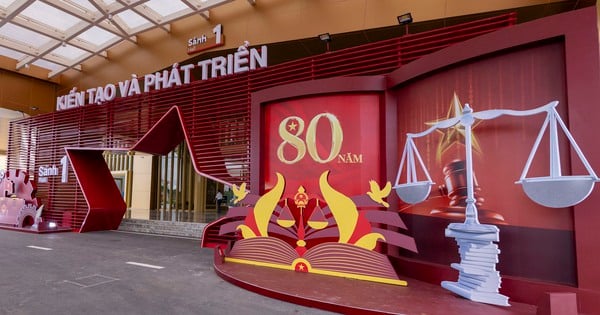


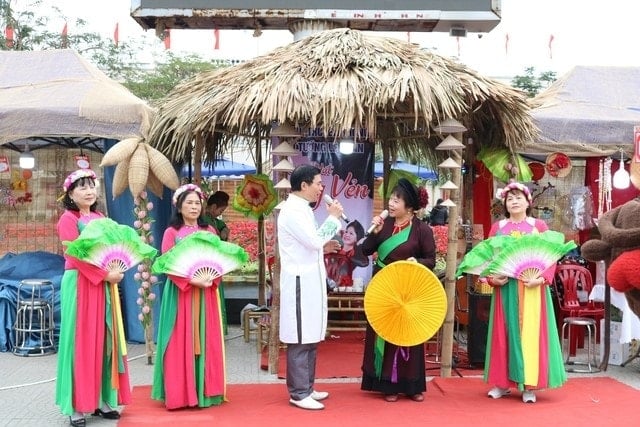




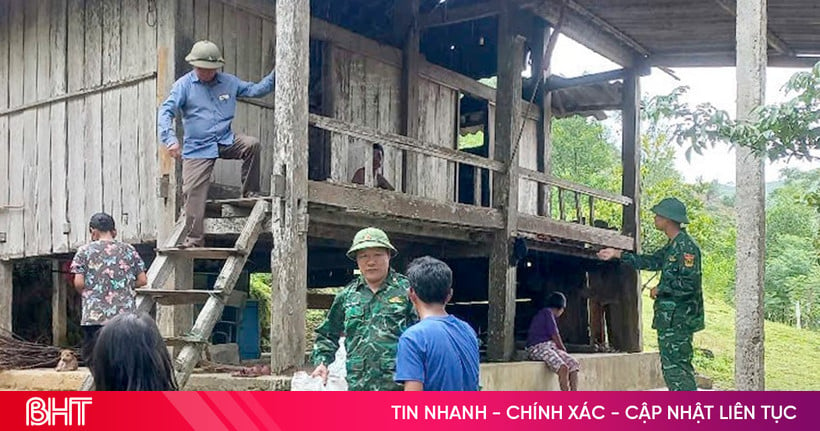

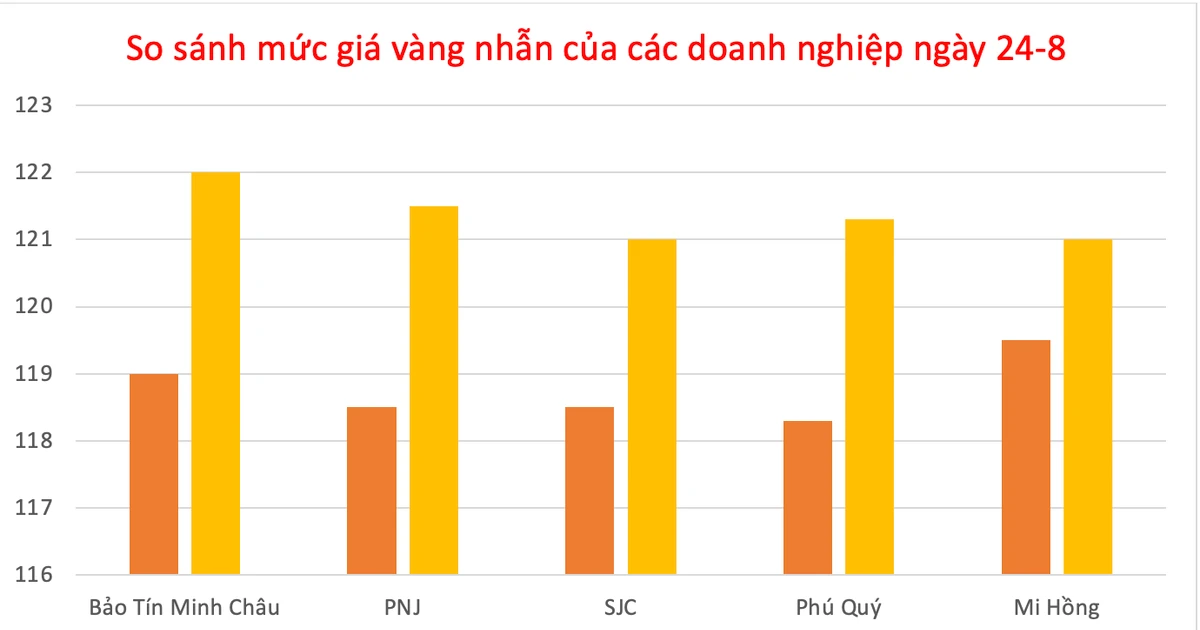
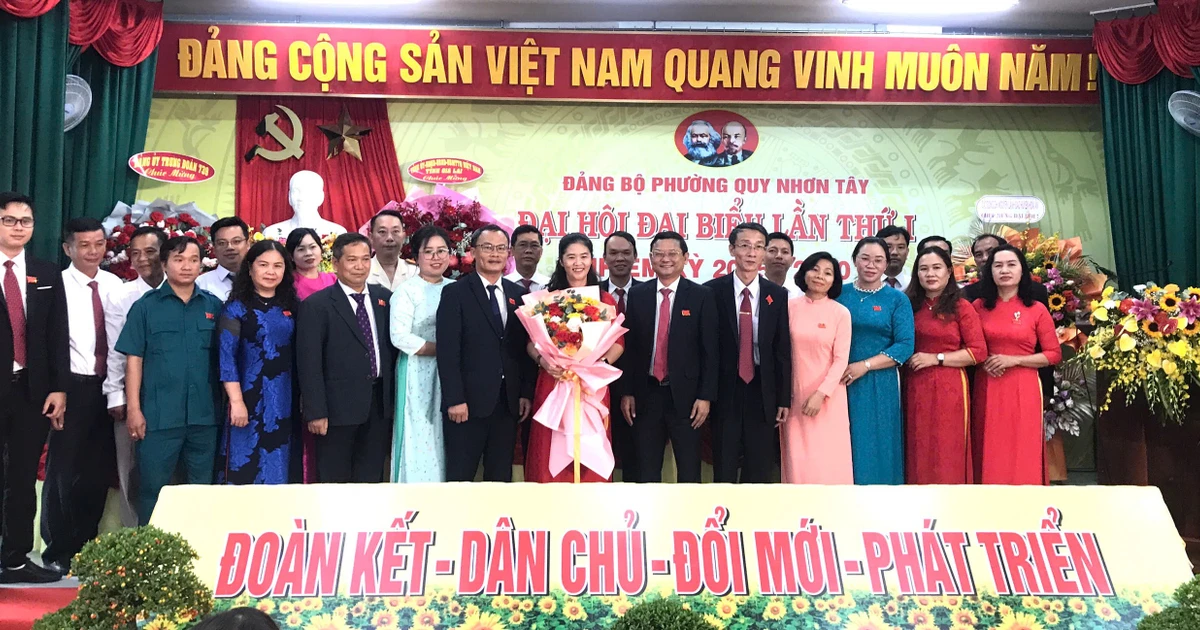














Comment (0)